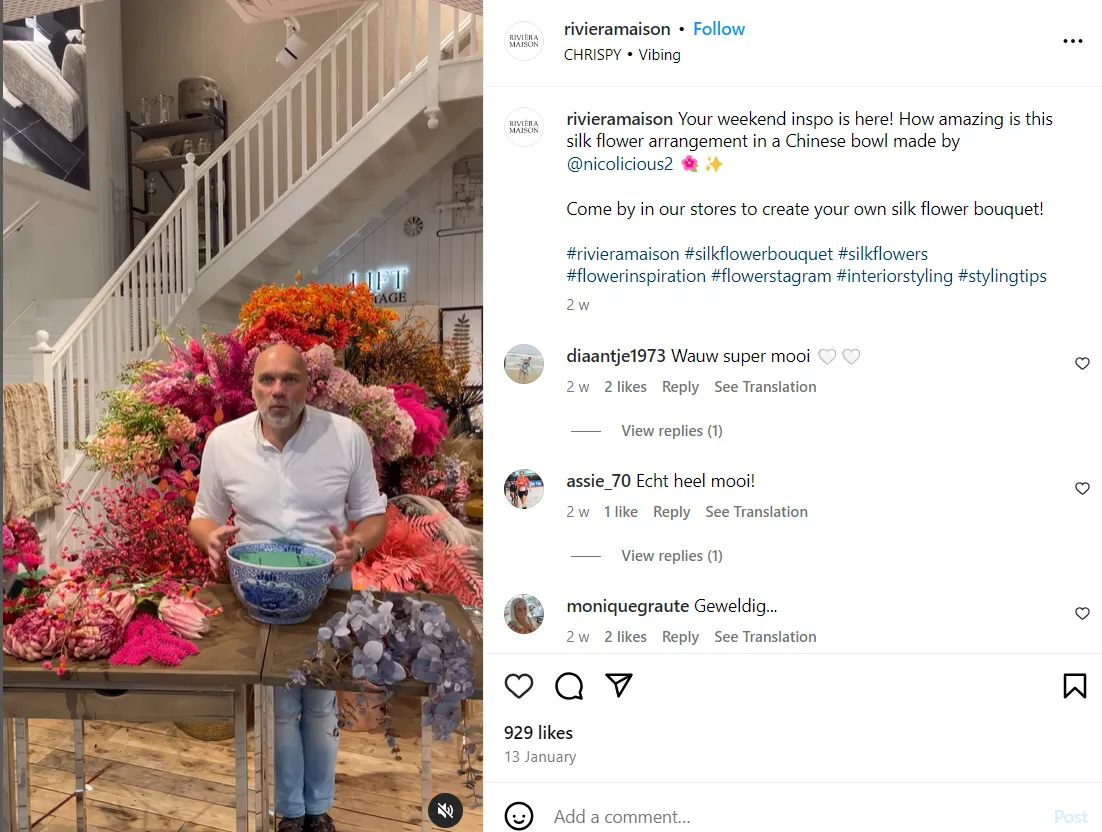More About Social Selling
The art of social selling was established by the University of British Columbia. However, Nigel Edelshain is known for being the first to use the method and coming up with the term “sales 2.0.”
The idea is to increase social legitimacy, establish trustworthy relationships, and eventually meet the targets for sales. Both business-to-business and business-to-consumer marketing approaches can benefit from social selling.
In the digital age, social selling can be considered a connection-building tool. Converting consumer interest into sales is just one of the primary goals of a well-executed social campaign. It involves being the very first business that springs to mind of a prospective customer when they are thinking about a purchase.
Social media platforms provide businesses with a means to interact with their customers more extensively, increasing the likelihood of a sale. To generate and acquire useful leads via social networks, make sure you:
- Make an eye-catching profile with an interesting bio and an eye-catching photo.
- Use content effectively and show what you offer in alignment with your customer’s requirements.
- Use tools like the SocialPilot to keep track of customer discussions.
- Use resources to gather contact details and create email lists wherever possible.
- Join or create groups to grow your social network.
- Make use of analytical tools to monitor the outcomes of your campaigns.
Always keep in mind that social selling is all about building connections with your audience and learning what they require from you.
Here’s an example of how high-end brands like Riviera Maison give customers a chance to see how their products look in situ by sharing videos/ photos on Instagram from customers who have already bought their products. This way, they provide endless decor inspiration for future prospects and compel them to buy from Riviera.

Source: Instagram


